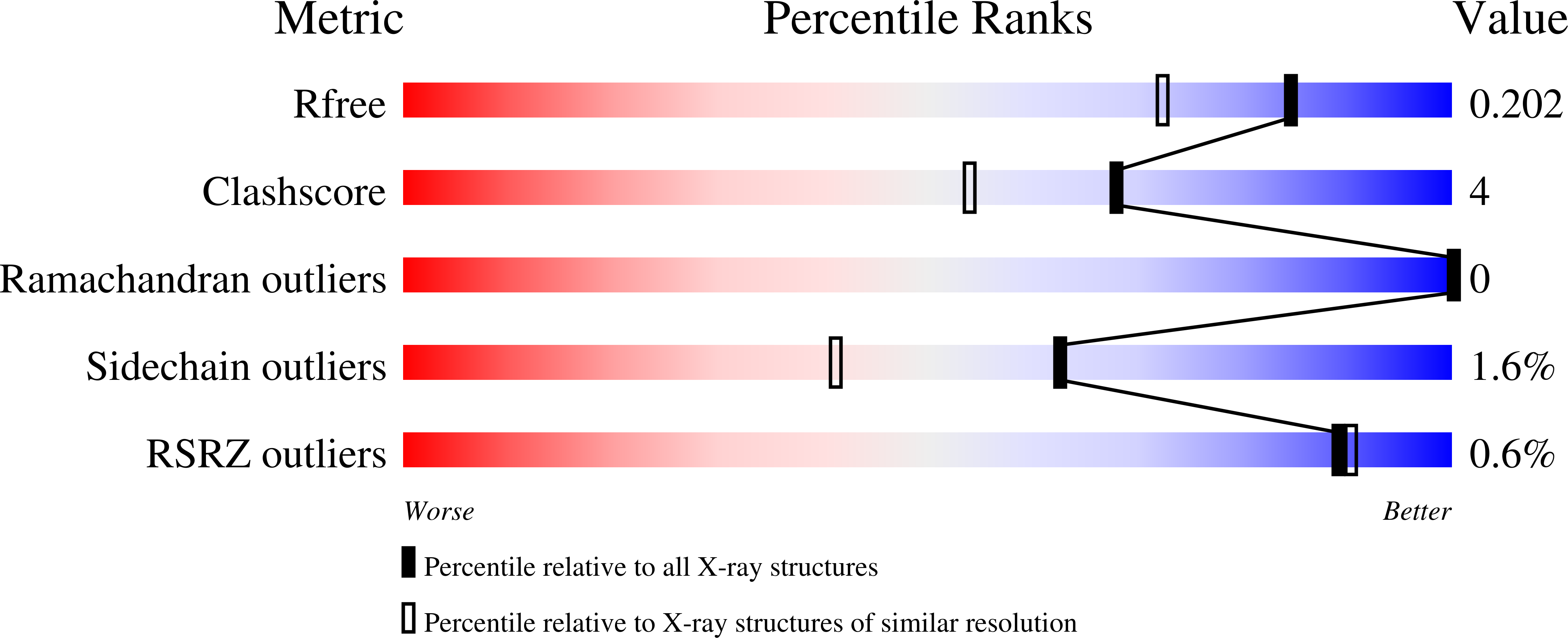
Deposition Date
2022-09-19
Release Date
2023-10-18
Last Version Date
2024-11-06
Entry Detail
PDB ID:
8EJX
Keywords:
Title:
Crystal structure of human cyclophilin D (CypD) with in complex with the covalently bound Ebselen inhibitor
Biological Source:
Source Organism:
Homo sapiens (Taxon ID: 9606)
Host Organism:
Method Details:
Experimental Method:
Resolution:
1.65 Å
R-Value Free:
0.19
R-Value Work:
0.16
R-Value Observed:
0.16
Space Group:
P 41 21 2


